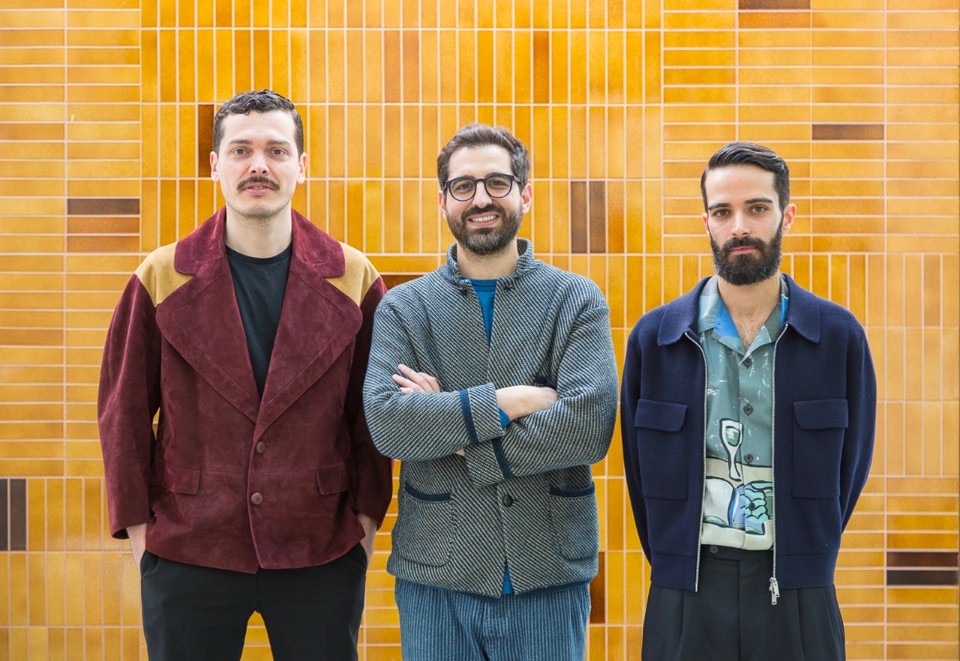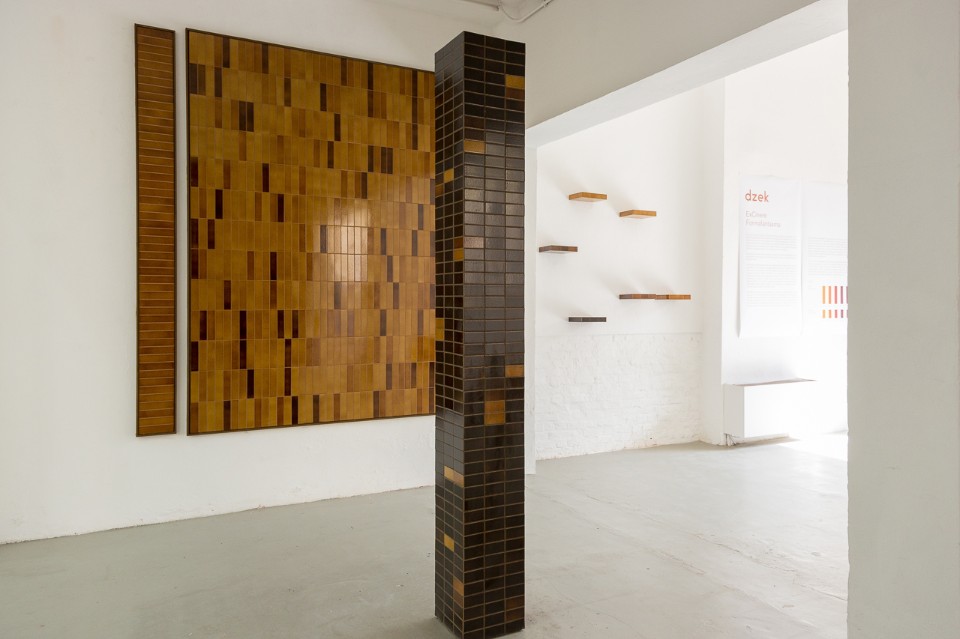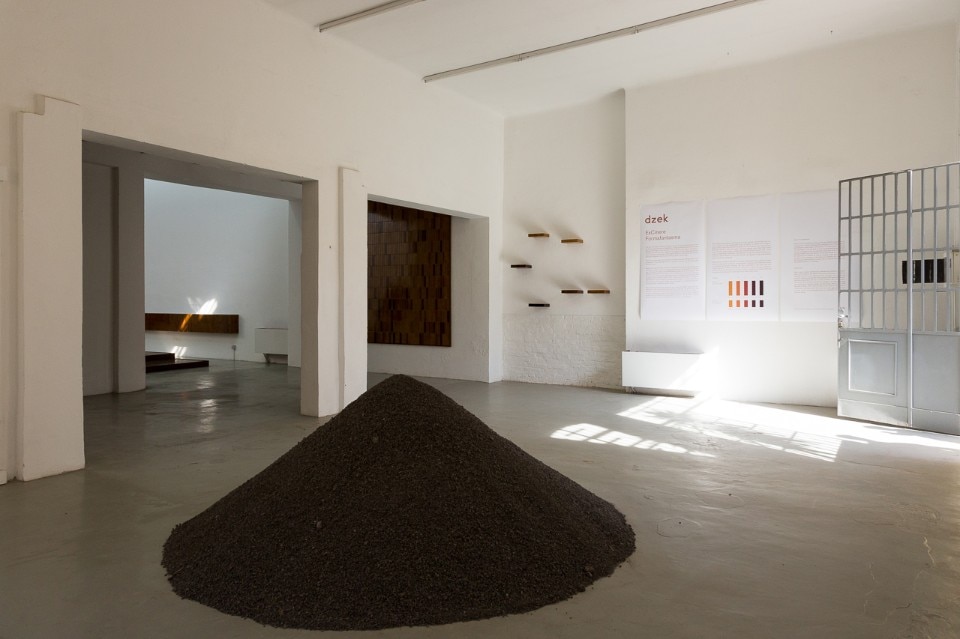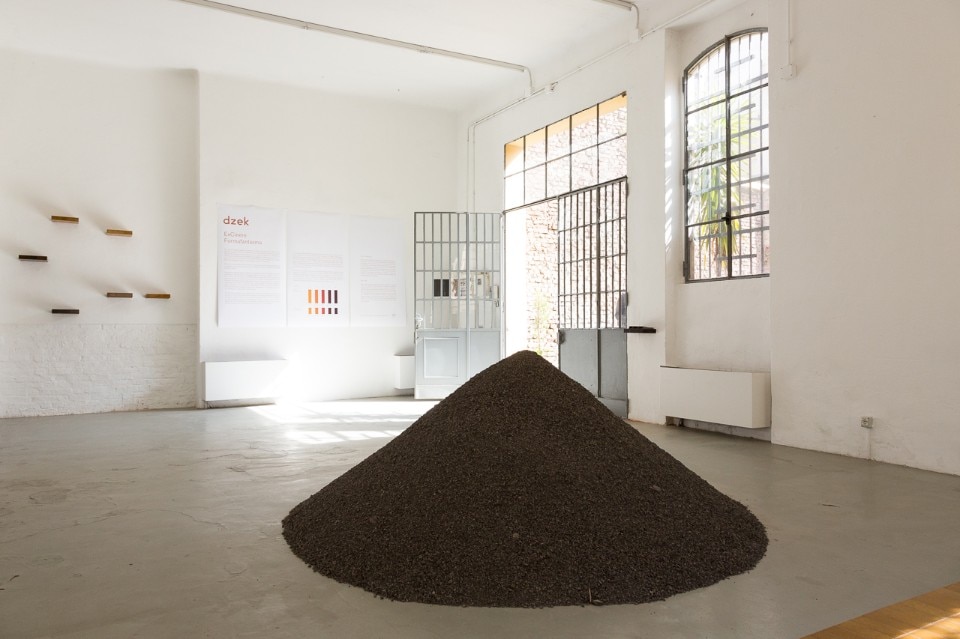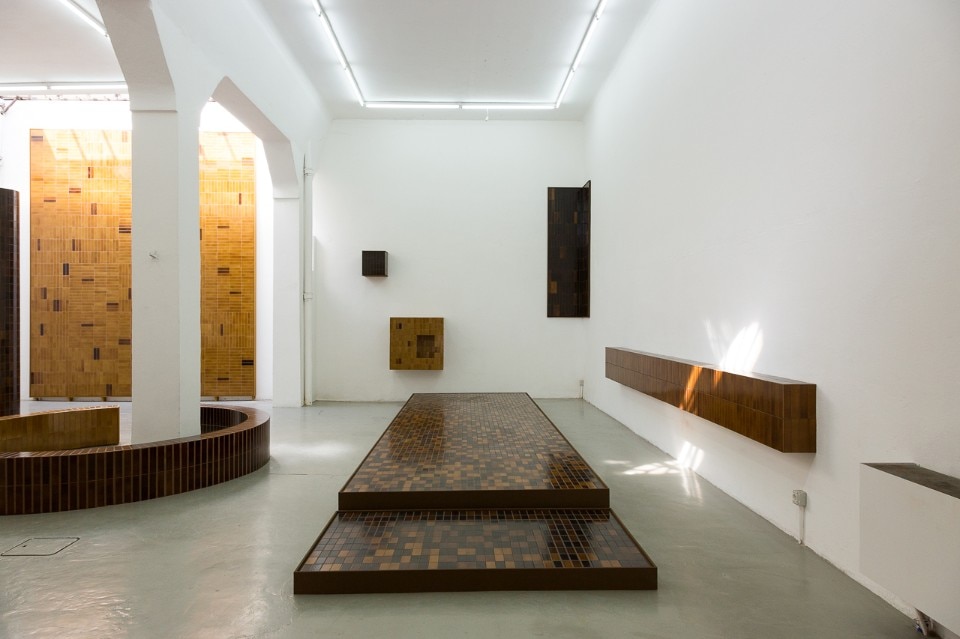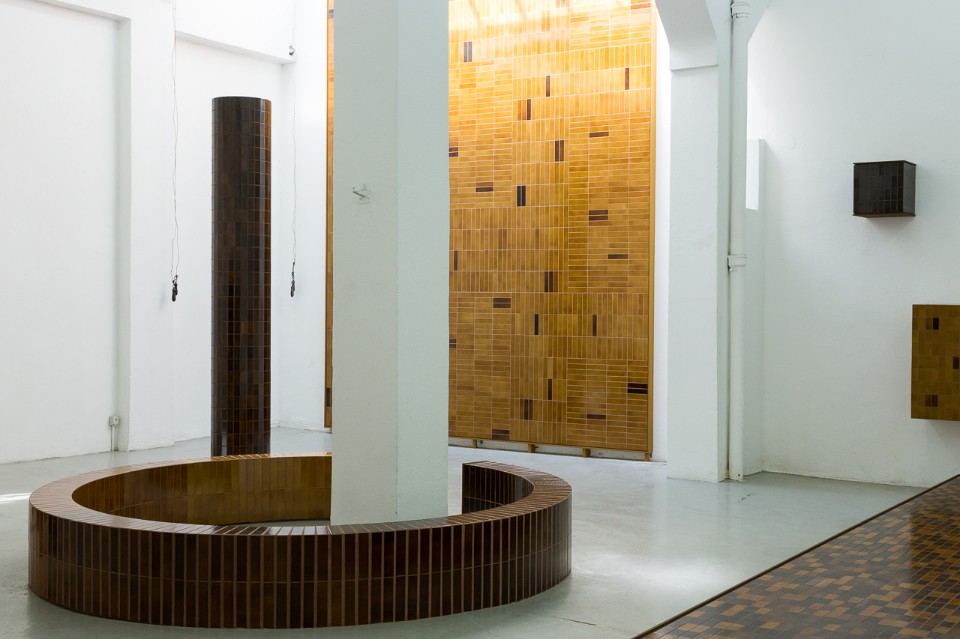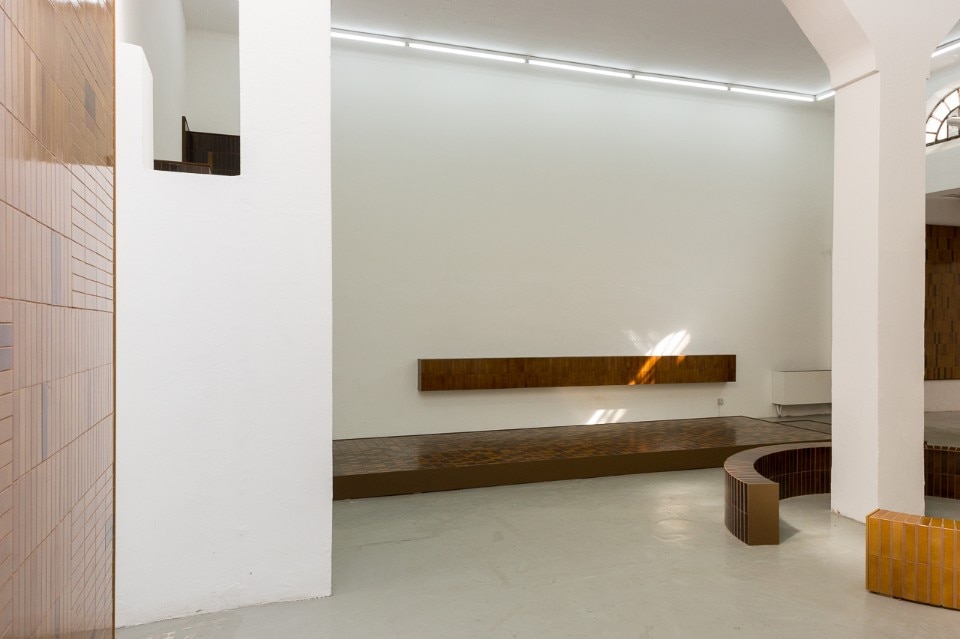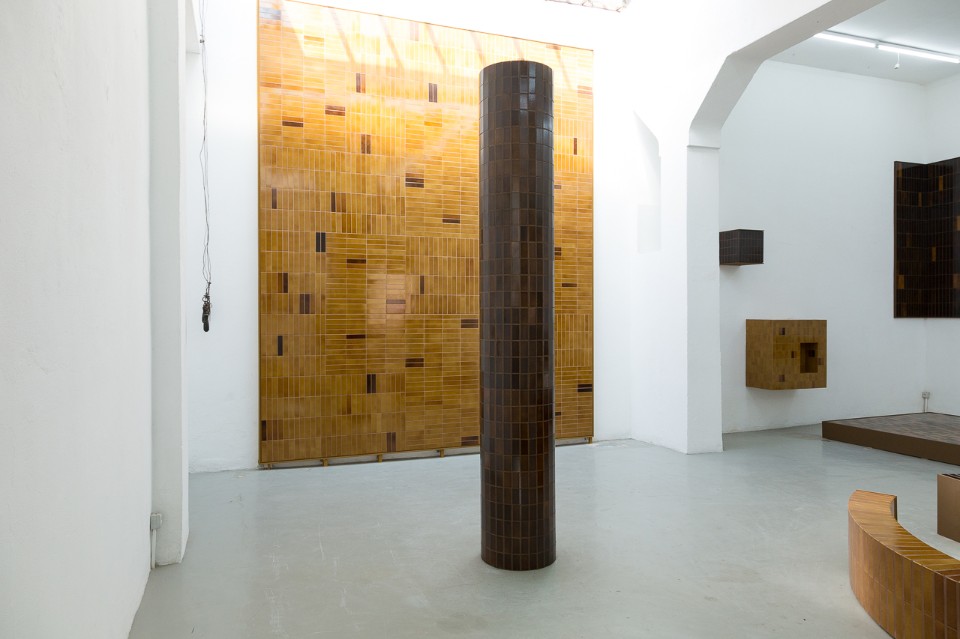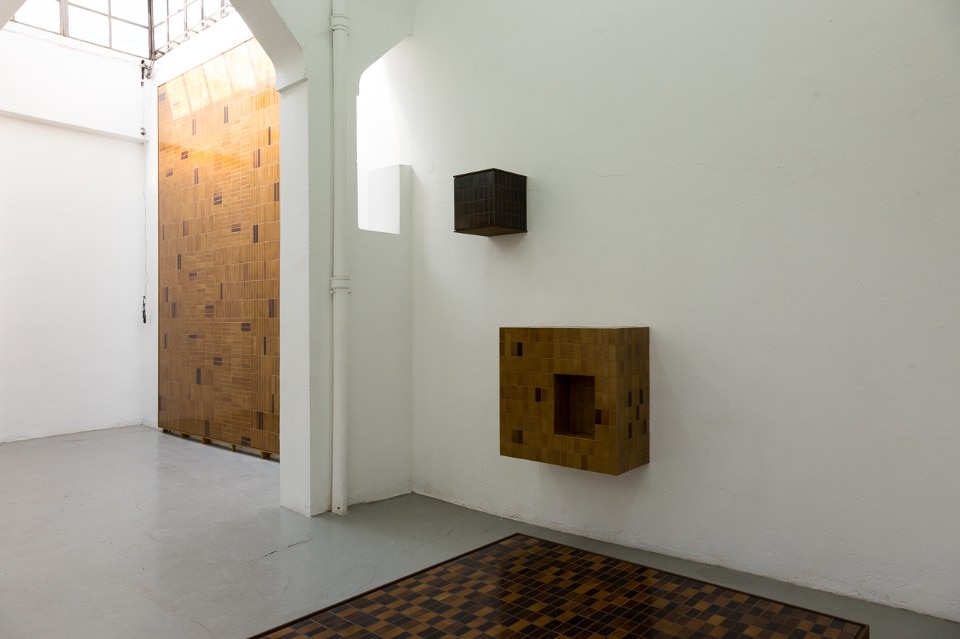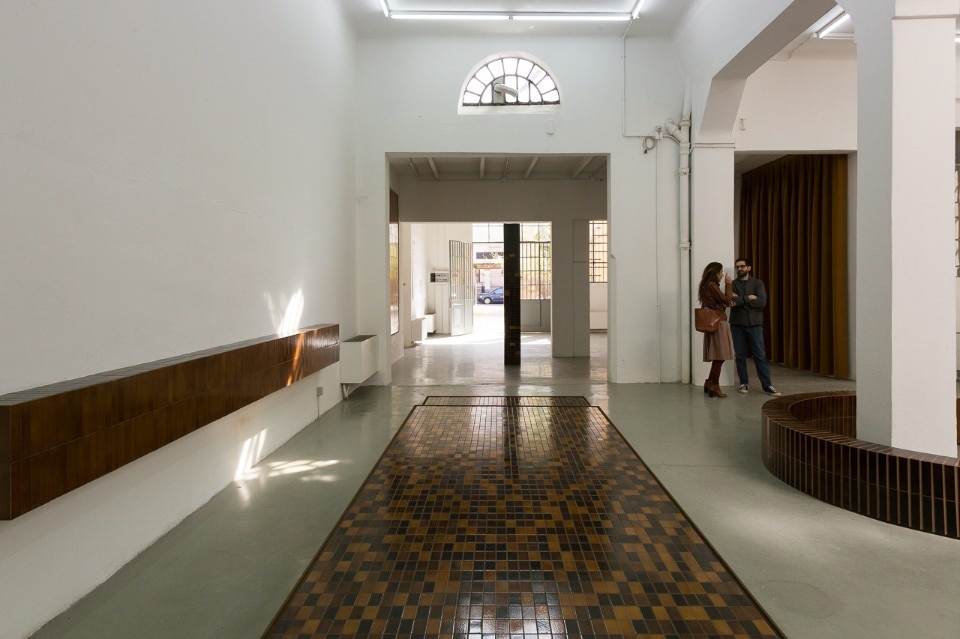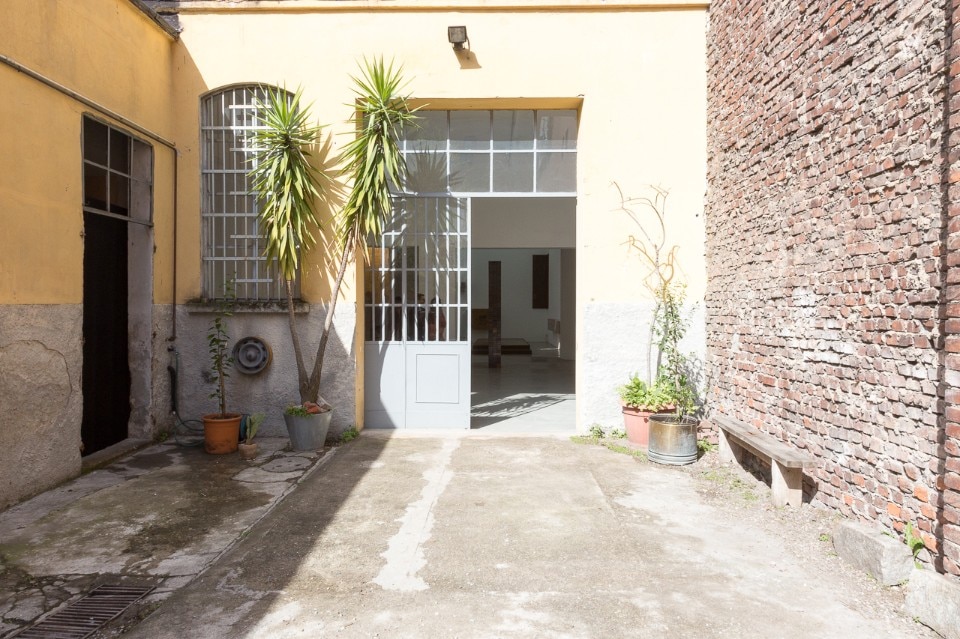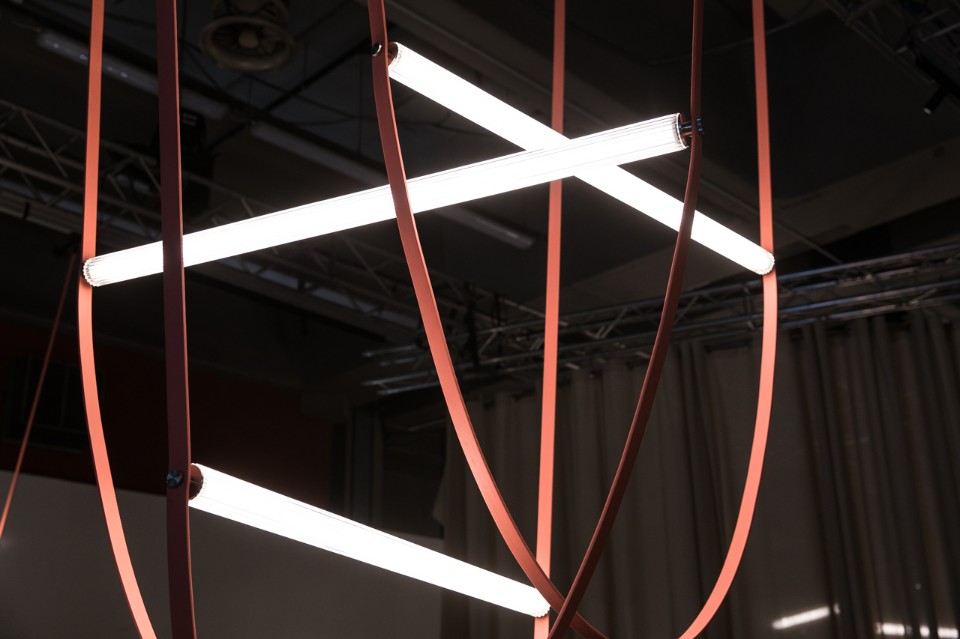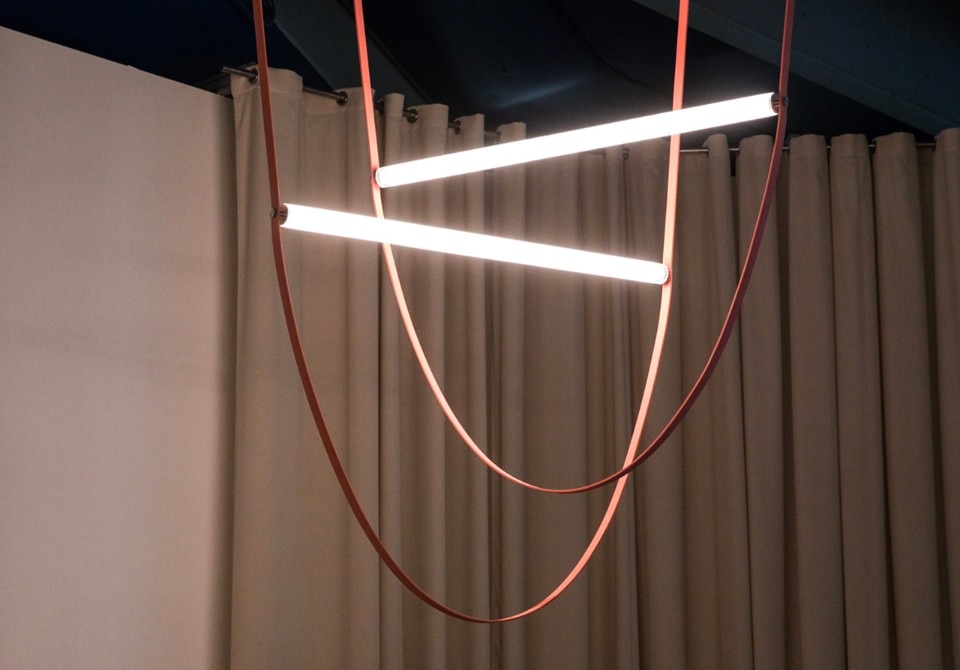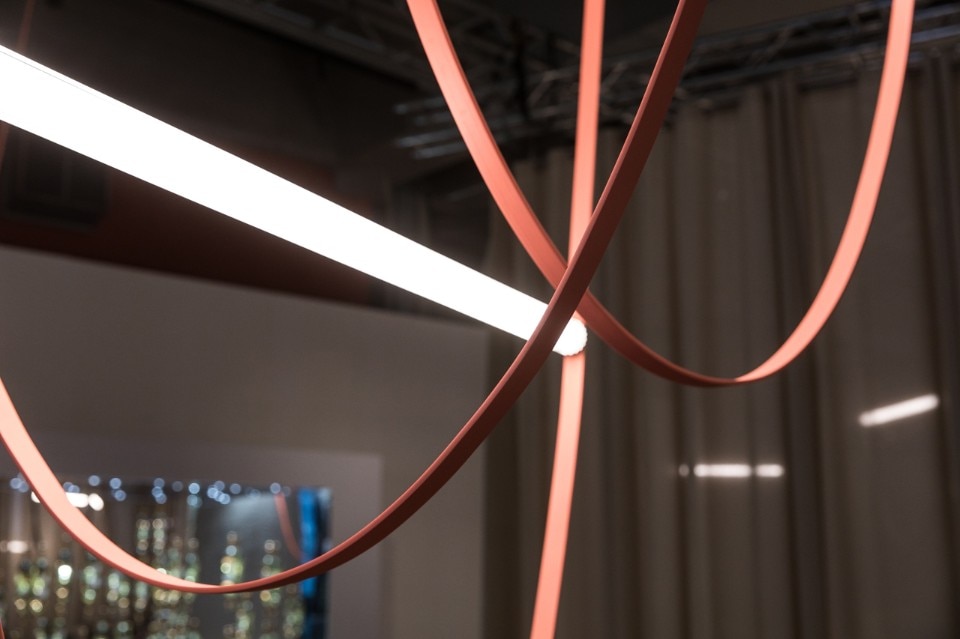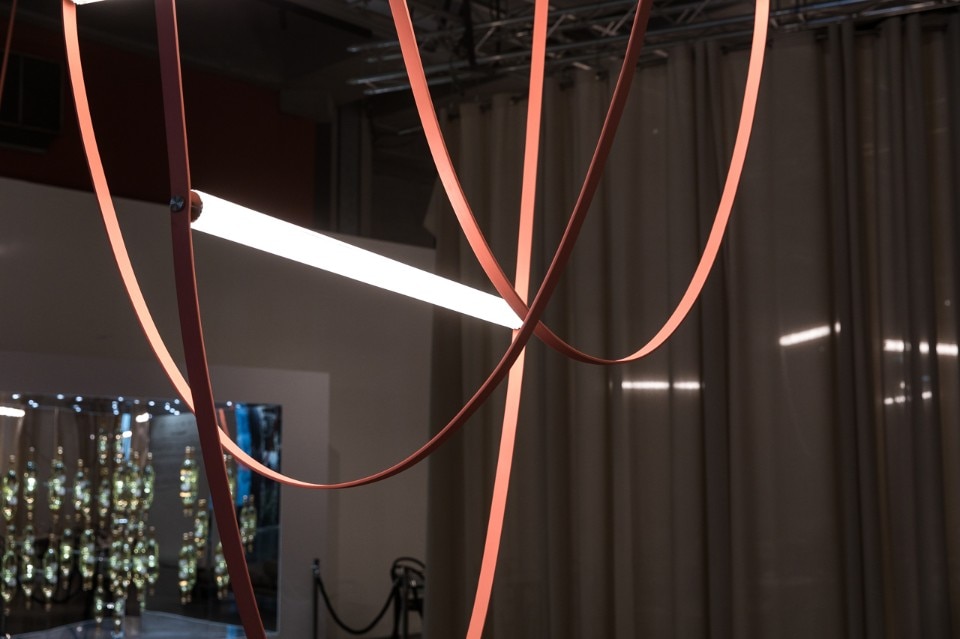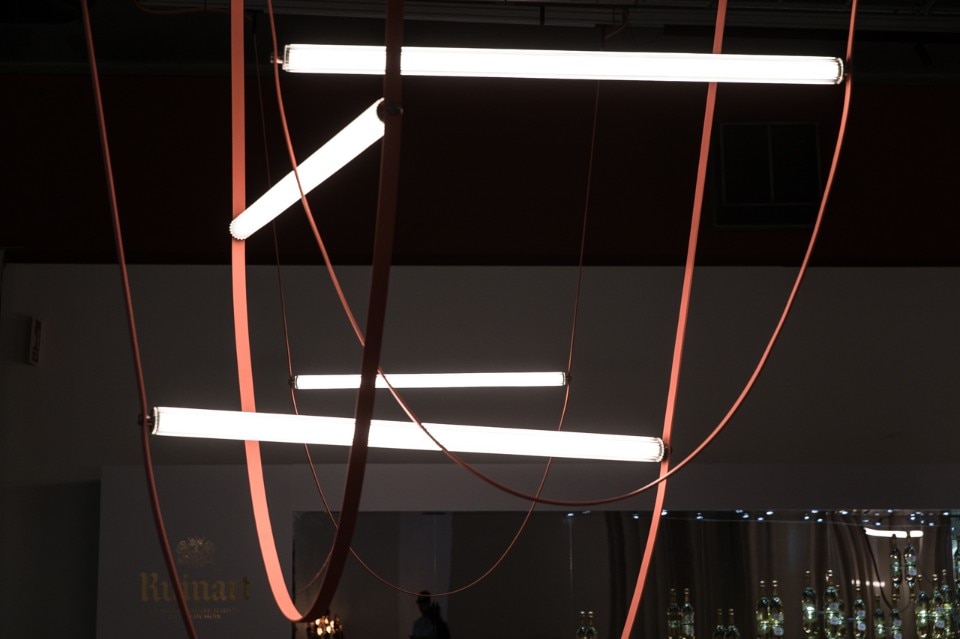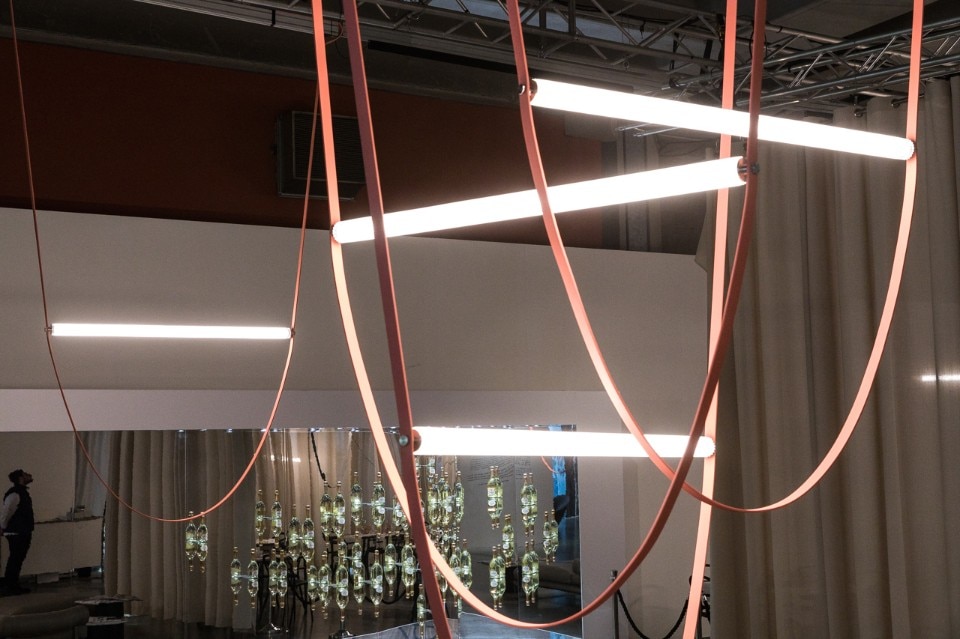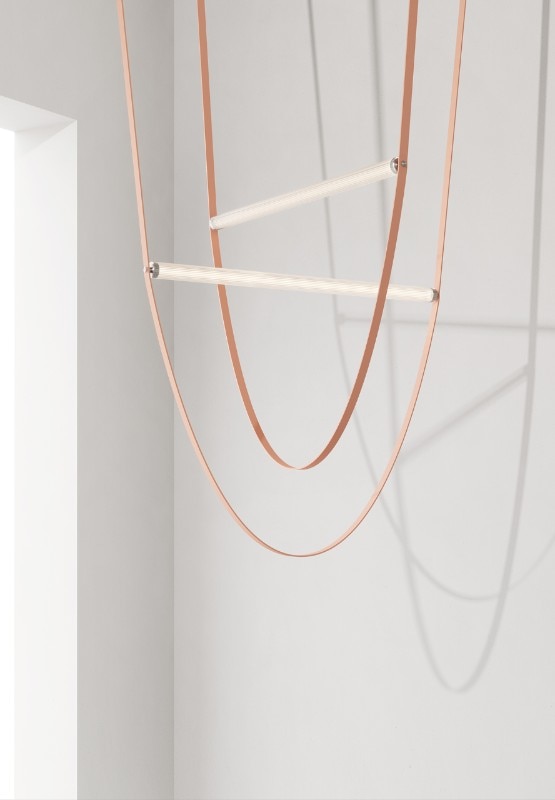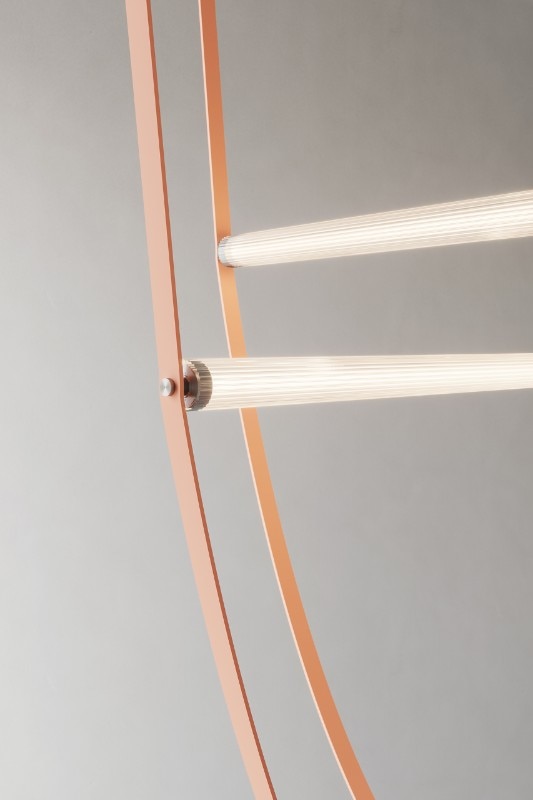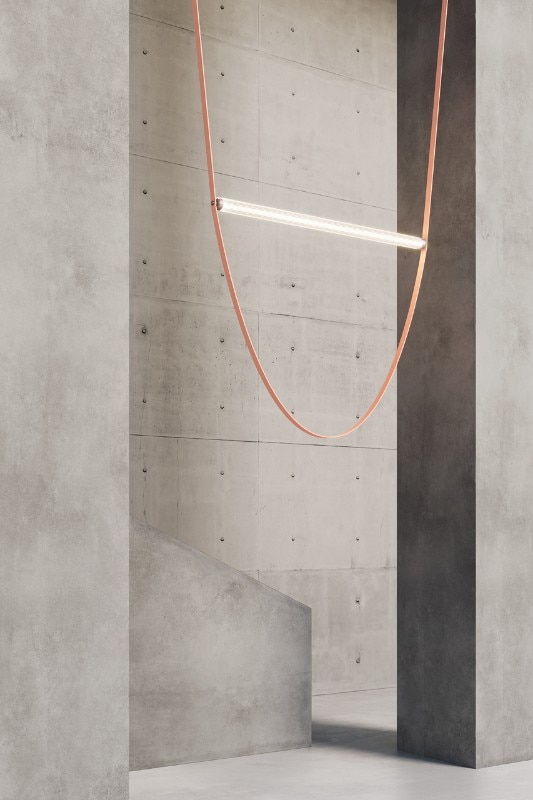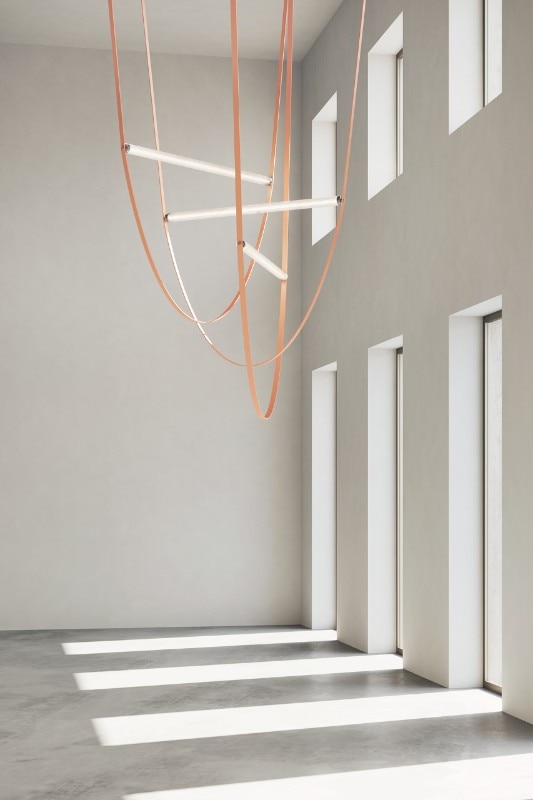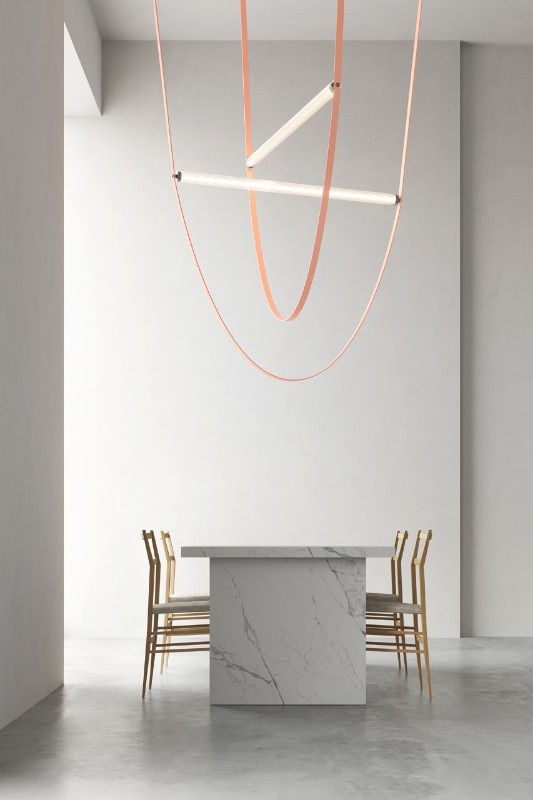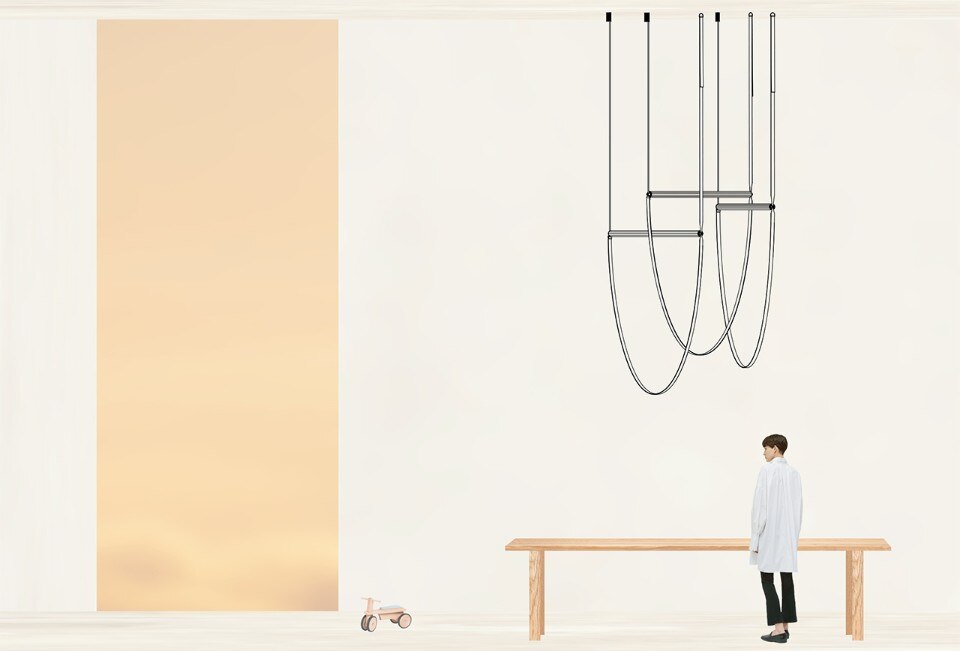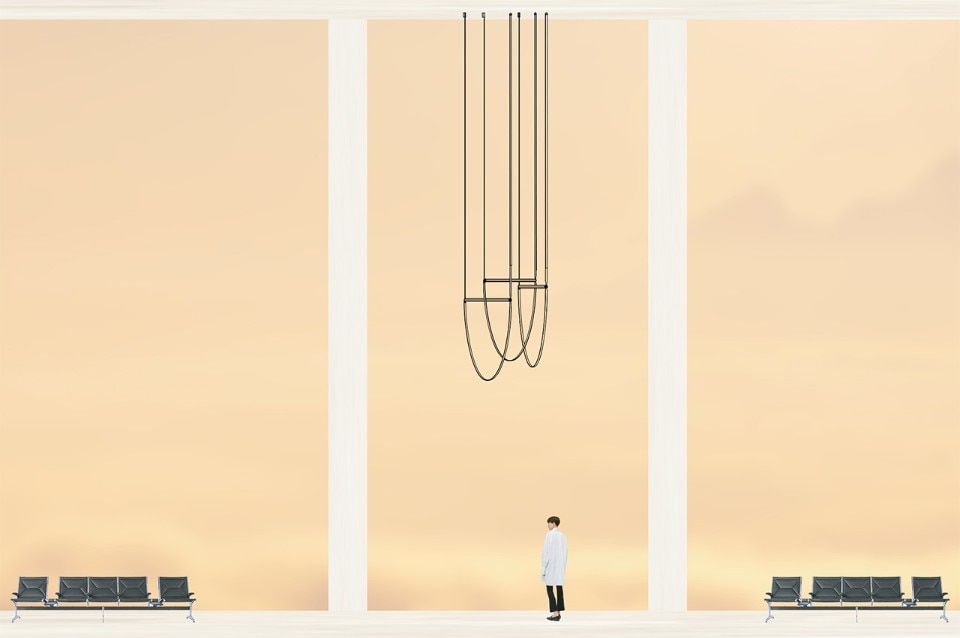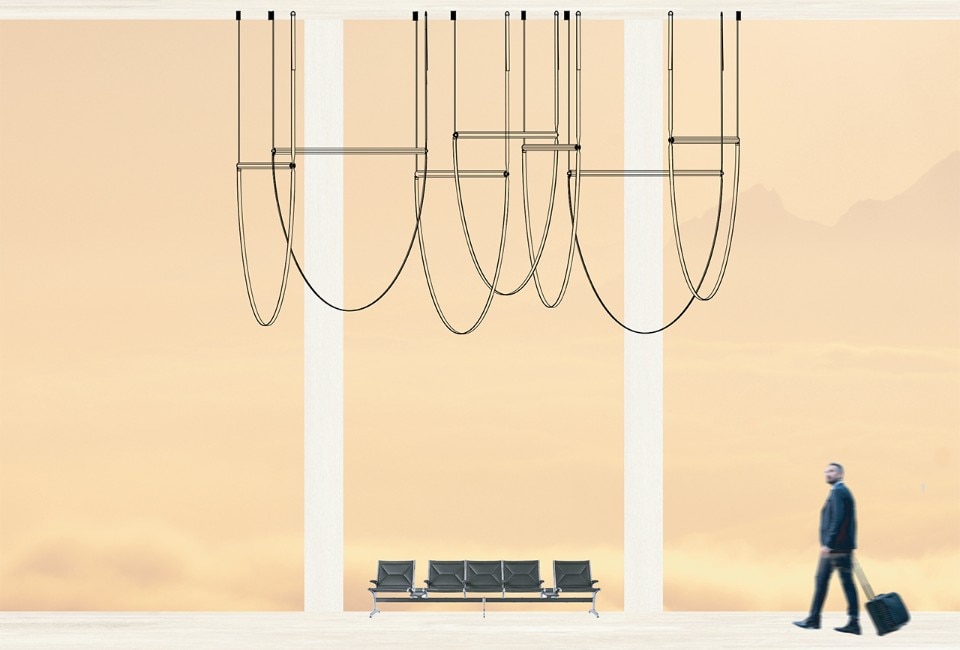“Experimentation is an integral part of our work- When we begin a project, we don’t necessarily have an idea of where we will end up. For us, to experiment is to follow a specific process or form of research which produces unexpected results and allows us to develop a new and original position with respect to our initial ideas. It is a way of learning”. This is the reasoning of Simone Farresin and Andrea Trimarchi who since 2009 have made up the firm Formafantasma, and who during the most recent edition of the Milanese Design Week were awarded with the “Design Prize” in the “experimentation” category. This way of working is confirmed by their latest two projects which, despite their extreme diversity - one is a ceramic glaze and the other a lamp - share the empirical approach of the two designers. Whether it is reusing electronic refuse (Ore Streams, showing at the Triennale as part of “Broken Nature”) or reflecting on the possibilities of light (Foundation) or even presenting and illustrating hydrogen power (for Lexus), the two Italian designers located in Eindhoven continue to amaze with their poetic yet concrete form of expression, which is both narrative and scientific.
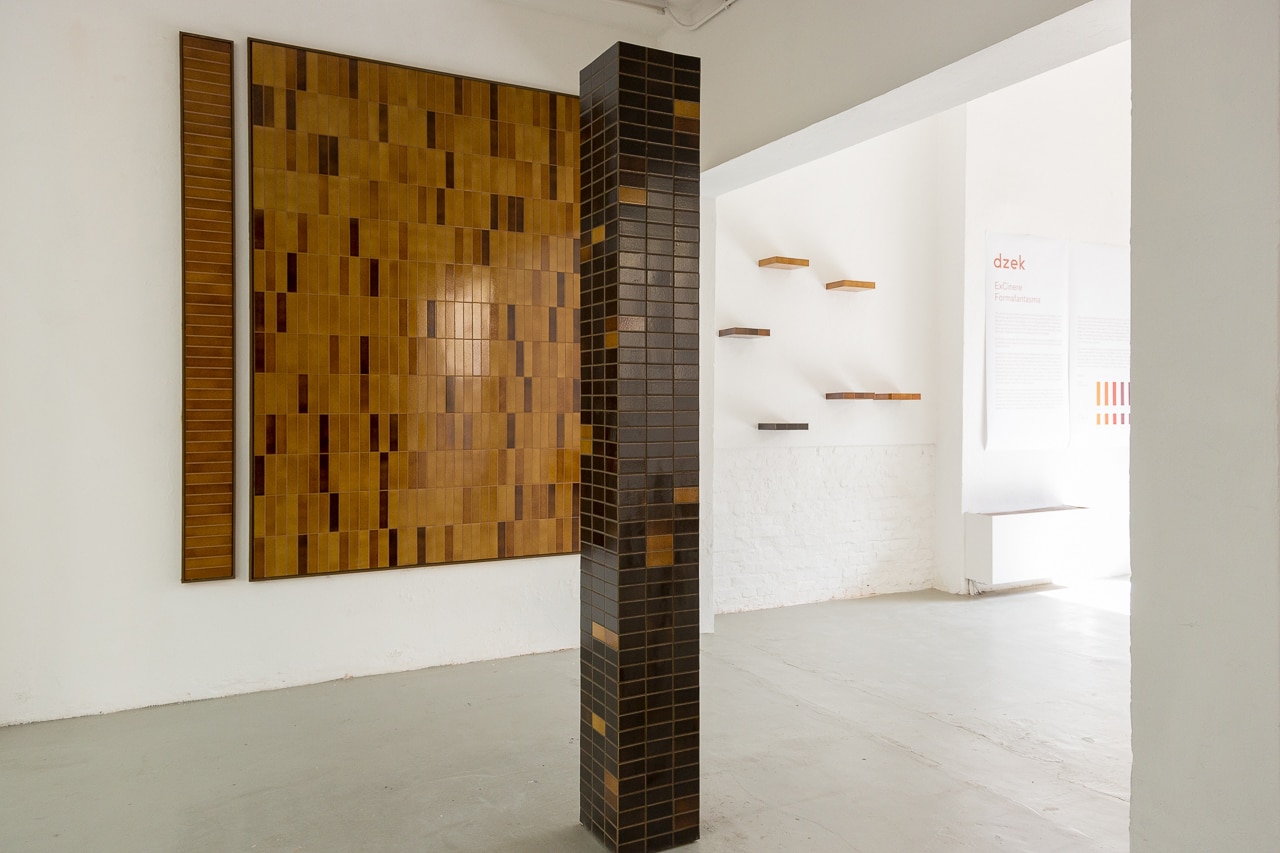
 View gallery
View gallery
“Ex Cinere”, for the British brand Dzek, the first surprising design, is a glaze for ceramics derived from volcanic ash. Again in this case you are continuing your research theme “De Natura Fossilium”, which took its cue from two Italian volcanoes, Etna and Stromboli.
Initially it was Brent (Dzekciorius, founder of the company, ed) who contacted us after having seen “De Natura Fossilium”. We began with the idea of exploiting lava to produce glass, and we started with tests in a Turkish glass manufacturer. Then in Venice we tried making bricks out of glass. In the end, we returned to an idea that we had had at the beginning; by dissolving volcanic ash to make ceramics, we obtained a special ceramic glaze. Last summer in Columbus, Indiana, we applied to a brick wall, Window to Columbus. These were the first experiments which led to this project, a functional finish for interiors and exteriors following extensive work in production engineering of the materials.
What effect did you want to achieve?
None in particular, we wanted to make a glaze out of this material. We wanted the material and its production engineering to lead to the final result, which is very similar to tiles used in the 1970s. The shades of brown are a return to a taste for ceramics and architecture which has now almost completely disappeared.
Ex Cinere recupera il legame tra la materia e il luogo dove viene prodotta.
What advantages are there in using this process?
I don’t think there are any particular technical advantages. The initial idea was to imagine what kind of product could be obtained from a specific location. What is gained is the connection between a production and an area. There is also a bond between the matter and the place where it is produced. It was a fascinating process because - as with many of the things that we do - we know where to start, but not where we will end up. The final result is the recovery of a kind of glaze that is disappearing, a more material and more traditional aesthetic.
Without exploiting and impoverishing the land...
This is the idea that we had from the very beginning and which began with “De Natura Fossilium”, the volcano as a mine.
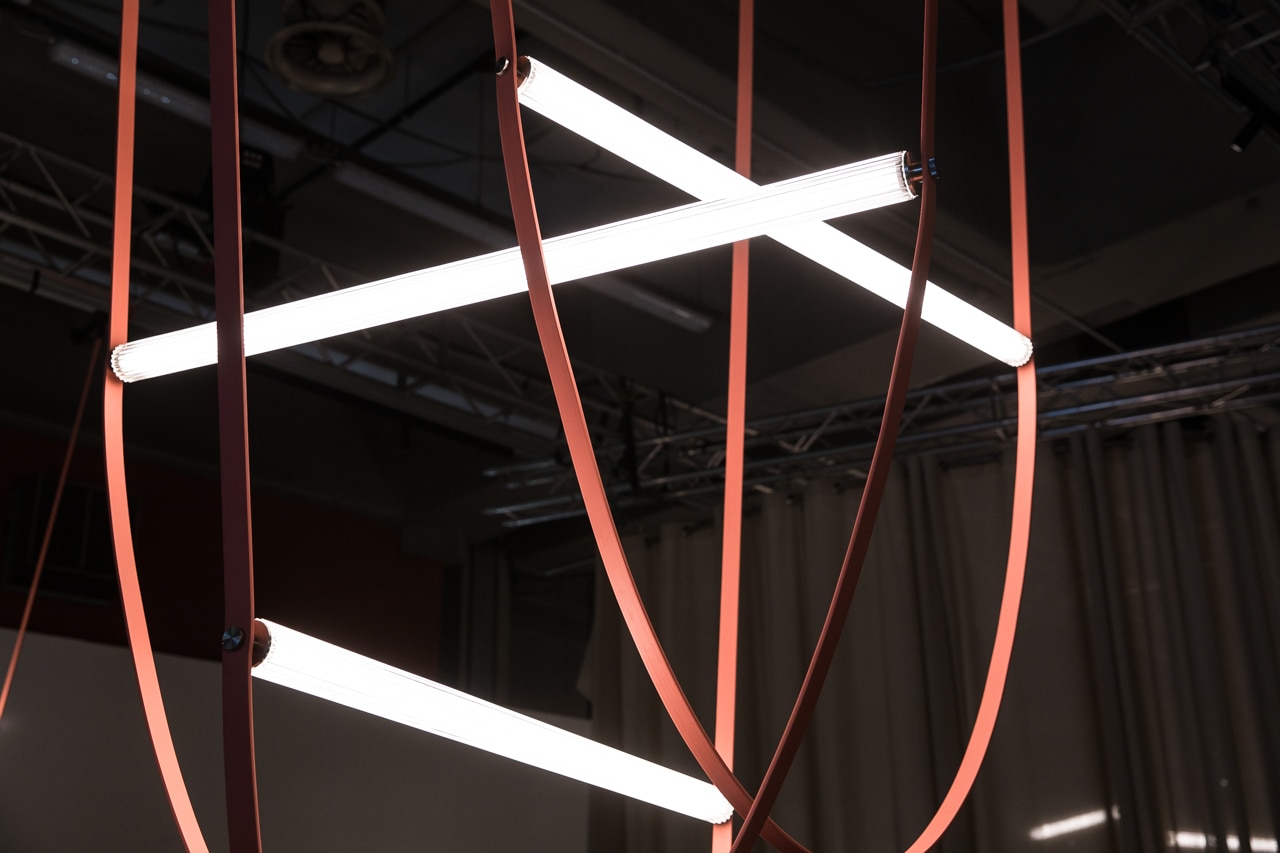
 View gallery
View gallery
The second project is WireLine, the new lamp for Flos, which continues the process that began two years ago with WireRing.
We like the idea of constructing a narrative which can last over time. Continuing the direction taken with WireRing but changing the scale. With Wirering, we sought to work through reduction, looking for an object which was as minimal as possible, we wanted to understand what we could do with the minimal elements of light, electricity and light source. Two years ago, we worked on a simpler project, tied to the history of Flow, which in some way echoed Castiglioni with Parentesi. Now, with WireLine, we have taken the project to a completely different scale, from the domestic to the public world. The main part of the project is the engineering of the wire, which is completely custom.
What materials are used?
We were interested in the combination of two very industrial products – rubber and electric wire – with a glass extrusion containing a LED light source, perceived as a more sophisticated material that, on a formal level, almost resembles an Art Deco element. It is the electric wire hidden in the rubber strip that designs the lamp. The electric wire has substituted the bulb. The ceiling attachment, a single point, is decentralised.
Our minimalism is more technical than conceptual.
Is it your most minimalist project?
It is a minimalism which is more technical than conceptual. When it is installed, the lamp is large and spectacular. Dismantled, it is nothing. The other interesting aspect is that it is a module that can be copied and combined in different ways. The height can be changed, suited either to a domestic environment or large spaces.
Opening photo: Simone Farresin (left), Brent Dzekciorius (centre) and Andrea Trimarchi (right). Photo Giulia Di Lenarda


